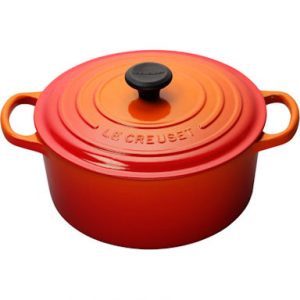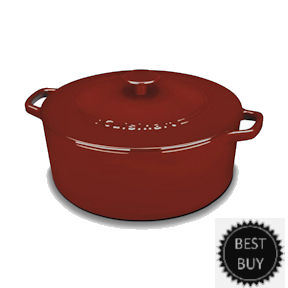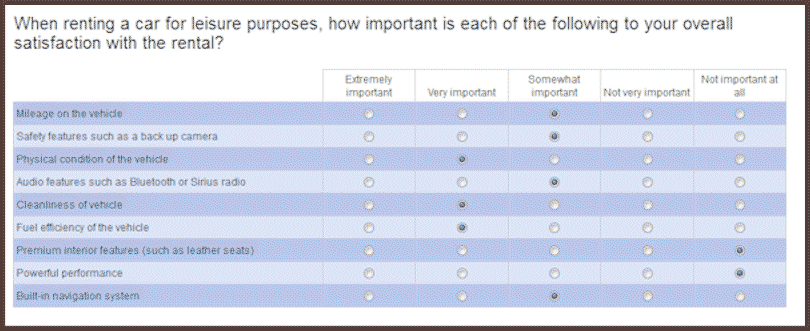At Pricing Gurus, we believe that value-based pricing allows companies to achieve higher profitability and a better competitive position. Some companies disagree with that perspective, or feel they are stuck with cost-based pricing. Let’s explore a few reasons why value-based pricing is generally superior.
I like this definition from Wikipedia – “Value-based price is a pricing strategy which sets prices primarily, but not exclusively, according to the perceived or estimated value of a product or service to the customer rather than according to the cost of the product or historical prices”, and also the next sentence that describes the reason for choosing this approach –“Where it is successfully used, it will improve profitability through generating higher prices without impacting greatly on sales volumes.”
Defining value is not always easy, especially without asking customers and prospects. The old notion that people buy a hole rather than a drill bit still applies. Prospects consider your product or service because of what it can do for them, rather than the elements that make up cost, such as materials and labor. Value is most clearly seen when the product or service is differentiated. When all suppliers offer essentially the same thing, that’s a commodity market which leads to competing solely based on price. Suppliers can try to reduce costs, or distinguish themselves based on – for example – customer service, but that’s a fragile situation when alternatives can provide the same capability.
How loyal are you to the brand of gas you buy? Most people treat gasoline as a commodity. They might pay a little more for using a gas station near home (or a lot more for filling up where there is little competition), but generally price is a major factor. That’s a commodity.
Setting prices based on time and materials appears safer for the seller, but there are more unknowns for buyers (who might feel cheated if they have to pay for an obstacle that suddenly appears). This situation might occur when there are true unknowns (such as remodeling contractor not knowing what they’ll find behind a wall), or perhaps the seller (supplier) is inexperienced. More experienced suppliers are better able to use value-based pricing because they know that some jobs will be more profitable than others which allows them to predict average cost. Good contract language can minimize risks arising from unknowns or customers who withhold information.
Making Apple products requires state-of-the-art machines and lots of people who know how to run them.
Setting prices based on value means more effort for the supplier, but it’s worth it. Challenge salespeople who tell you that price is the major barrier; research shows that sellers believe price is more important than buyers do. Perhaps some of your most price-sensitive customers are also those who make unreasonable demands, and you’d be better off without them.
Companies can’t always use value-based pricing, or at least with all customers. Government entities often try to force suppliers to behave as if their products are commodities. That’s not always true, such as when price is only one of several things scored in a proposal. And you don’t have to use the same approach for all your customers.
Value-based pricing tends to lead to higher customer satisfaction, better relationships between supplier and customer, and more repeat business. We’ve touched on a few things in this article – for more information including how to ask prospects about pricing, check out the rest of the Pricing Gurus site.
If you aren’t using value-based pricing now, isn’t it time to consider it?
Mike Pritchard, Pricing Gurus, mikep@pricinggurus.com
References:
https://en.wikipedia.org/wiki/Value-based_pricing
https://www.nytimes.com/2019/01/28/technology/iphones-apple-china-made.html










